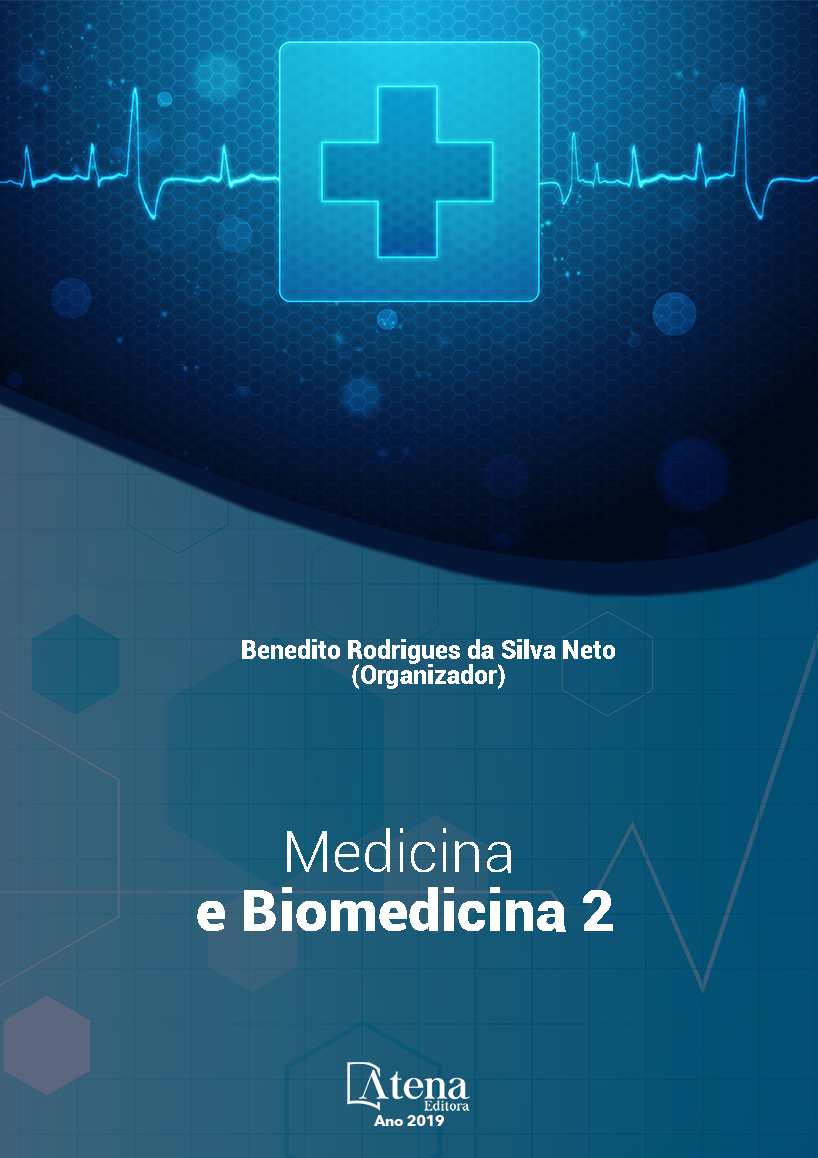
NANOPARTÍCULAS: UTILIZAÇÃO NA INDUÇÃO DE MORTE EM CÉLULAS TUMORAIS E TERAPÊUTICA CONTRA O CÂNCER
Nanopartículas são pequenas
moléculas produzidas em escala nanométrica
(de 1 a 100 nm) que têm como aspecto principal
a capacidade de transportar drogas e se ligarem
especificamente a celulas alvos. No câncer,
as nanopartículas atuam principalmente nas
formas ativa, que se caracteriza pela utilização
de ligantes ou anticorpos em suas superfícies
onde se ligam a determinadas células, e a
passiva, onde as partículas se acumulam nos
tecidos tumorais devido às largas frenestrações
dos endotélios, e aumentam a absorção das
moléculas carreadoras em células cancerígenas.
As presentes terapias com quimioterapicos
encaram obstáculos como não especificidade,
elevados indices citotoxicos para células
saudáveis e grandes efeitos adversos. Objetivo:
abordar as principais caracteristicas das
nanopartículas de metais, proteínas, lipídicas
e poliméricas, suas estruturas e utilizações
contra células tumorais. Metodologia: revisão
bibliográfica feita nos bancos de dados PubMed
e Scielo abrangendo artigos que envolviam
estudos com nanopartículas entre os anos
de 2010 a 2018. Considerações finais: a
utilização de nanopartículas apresenta uma
nova alternativa para as terapias contra o
câncer, possibilitando respostas mais efetivas
das quimioterapias através do encapsulamento
de fármacos em nanoparticulados mais
específicos para determinados tipos de câncer,
apresentando citotoxicidade considerável.
NANOPARTÍCULAS: UTILIZAÇÃO NA INDUÇÃO DE MORTE EM CÉLULAS TUMORAIS E TERAPÊUTICA CONTRA O CÂNCER
-
DOI: 10.22533/at.ed.97919240717
-
Palavras-chave: atena
-
Keywords: atena
-
Abstract:
Nanoparticles are small molecules
produced on the nanometer scale (1 to 100 nm)
which have as their main aspect the ability to
carry drugs and bind specifically to target cells.
In cancer, nanoparticles act primarily in the
active forms, which is characterized by the use
of ligands or antibodies on their surfaces where
they bind to certain cells, and the passive,
where particles accumulate in tumor tissues
due to the large frenisions of the endothelium,
and increase the uptake of carrier molecules
into cancer cells. The present therapies with
chemotherapies face obstacles such as nonspecificity,
high cytotoxic indices for healthy
cells and large adverse effects. Aim: to address
the main characteristics of metal, protein, lipid
and polymer nanoparticles, their structures and
uses against tumor cells. Methodology: a literature review of the PubMed and Scielo
databases covering articles involving nanoparticle studies between the years 2010 to
2018. Final considerations: the use of nanoparticles presents a new alternative for
cancer therapies, enabling more effective responses of the patients. chemotherapies
through the encapsulation of nanoparticulate drugs more specific for certain types of
cancer, presenting considerable cytotoxicity.
-
Número de páginas: 15
- Juliana Carvalho Lopes
- Maria Lúcia Pereira Torres


